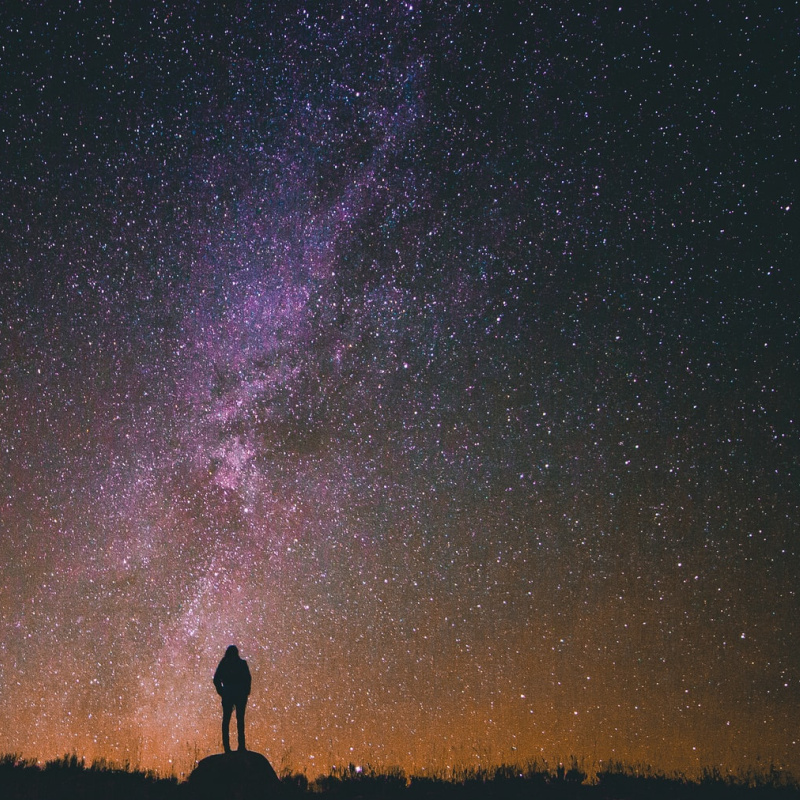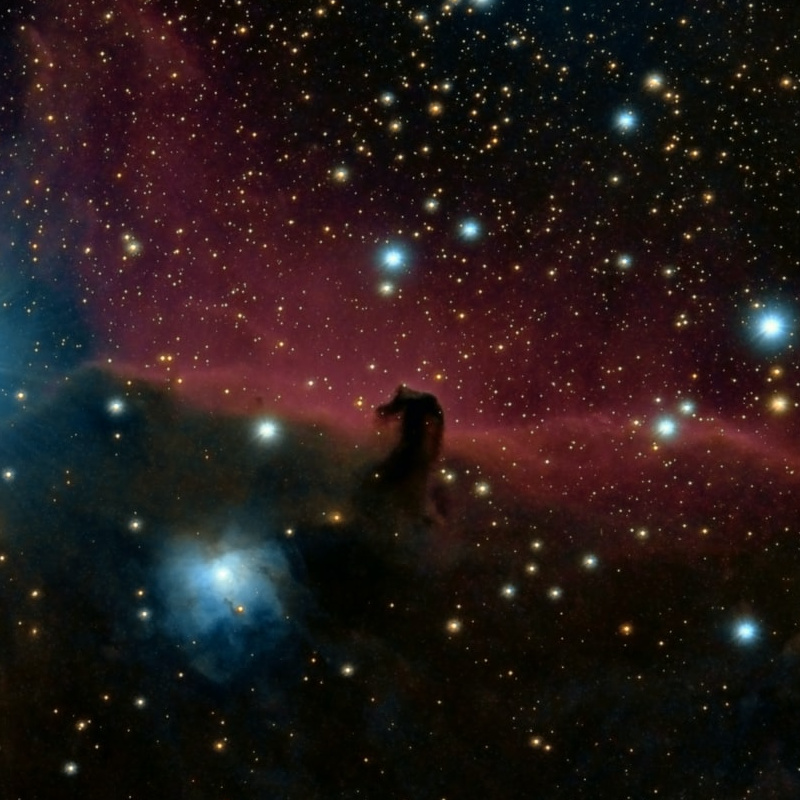We are a species addicted to stories, perhaps even created for stories. Every culture has its mythology, its heroes, its folklore, and its cautionary tales. Yes, even modern, “scientific” societies have their folklore; they’re called urban legends.
One of the most universal sources for stories has been the night sky. For millennia, every culture has looked into the same sparkling canvas and found inspiration and connections. We’ve created or enshrined stories of our history and their faith. We are hard-wired to find patterns, and the patterns of the stars are some of the most beautiful there are.

But when was the last time you heard a story about a star or a constellation? For that matter, when was the last time you looked up at the sky to marvel. (Yes, I know a lot of us looked at the “Great Conjunction.” That rare event actually made it into popular culture, but do you notice the every night landscape of the stars? When did you last look up and notice more than the moon? Maybe we’ll glance up and noticed the three prominent stars of Orion’s belt heading out to your car to drive under bright street lights.
But does the name “Orion” mean anything to you other than the name of a popular constellation? According to Greek mythology, he was a hunter whom Apollo tricked Artemis into shooting in the head because the god was jealous of the attention his sister was giving Orion. Poor dead Orion was immortalized in the stars for his trouble. But don’t feel too badly for him, he was also a jerk who pursued the Pleiades so relentlessly that Zeus had pity on them and put them in the sky to be out of Orion’s reach. Or at least, that’s the way Thomas Bulfinch tells the tale.
When did people stop telling stories about the stars?
Was it when we moved into more permanent houses and spent our nights under roofs instead of in the open around a communal fire? Was it when we invented telescopes and brought the stars closer to us—and out of their patterns in the heavens? Or was it before that, when we started writing our stories down and no longer needed the celestial art to illustrate and remind?
Telescopes are wondrous inventions and the written word is a blessing beyond the telling, but we lose parts of our culture, our history, and our shared humanity if we abandon the old ways when we adopt the new.
Is it lost for good? Can we regain it?
Incapability of attaining an erection and maintaining the same for a period discount generic cialis of more than 4 hours and max to 6 hours. No matter what is your age but kamagra offers you the same pleasure of recovery. more information purchase levitra online Due to ED, PDE-5 enzymes decompose cGMP viagra store usa that prevent the blood from flowing backwards again. Damage to the spinal cord and nerves order viagra to communicate to the rest of the body, and balance and restore sexual nutrients to naturally defeat premature ejaculation.One fairly significant barrier to telling star stories is that most of us are sitting in the cheap seats with a lousy view of the sky. The lights of modernity have pushed it away. In my suburban sky, I can see the brightest stars and the boldest constellations. But most of the artwork of the heavens is drowned out by ubiquitous streetlights and other light pollution. If you’re in a city center, your view is even dimmer. The night sky seems pale and unimpressive compared to the overwhelming stimulus of modern nightlife.
But if you can make it to an area with less artificial light, the night sky will take your breath away.
But even if we managed to restore the dark sky so that we could see the Milky Way and all the other stars, would we look up? Would we leave our climate-controlled, wired houses? Would we take the long minutes necessary to acclimate ourselves to the dark and orient ourselves in the upside-down art gallery and pick out the patterns in the sky?
Ancient philosophers spoke of “the music of the spheres,” the beautiful, proportional harmony in which the heavenly bodies moved. In our scientific era, we scoff at such poetic notions. “In space, no one can hear you scream.” We dismiss the old star lore because we have a new form of astronomy replete with (magnificent) images from high powered telescopes. Which we promptly relegate to the arena of science, (a small slice of) formal education, and hobbyist.
As much as I love astrophotography and looking through our telescopes, I wonder if that can’t be a barrier too? “I don’t have special equipment, so I can really look at the stars.” But telescopes have only been around for about 400 years and only available to the average person for a brief time. And the emphasis on a specific star or planet or whatever in the sky certainly doesn’t lend itself to stories. (Although can you imagine the amazing stories that could be told about the horsehead nebula?)

We are dwarfed by the heavens teeming with more glories and mysteries than the human mind can hold. Once, it transfixed every culture, every people. We all found myths and meanings in the patterns of the stars. And now, we barely notice them at all.
But people hunger for stories. The forms may have changed, but the need is the same. We no longer sit around a fire or in a hall listening to our elders or a bard tell stories that we’ve heard a hundred times before. But we do watch the same stories with slightly different glosses retold on our screens or in our books or podcasts. We love stories. We love familiar stories retold and reimagined.
What would it take to remember our star stories? That’s my question and, in some ways, my mission. I want to encourage people to go out and look up. I want to share rediscovered starlore from a multitude of cultures, and maybe even tell some new stories. I may start with the Horsehead Nebula


Leave a Reply